At the recent Outdoor Retailer Winter trade show Voile introduced a new version of their Switchback, the Switchback X2, with enough power to drive big skis with big boots. One can say that the existing Switchback does the same, but few will argue it is easier with more horsepower under the hood. The Switchback X2 uses the same basic ingredients of a unitary, stainless steel, wrap-around toe piece but with longer sidewalls and a cable attachment over an inch further back.
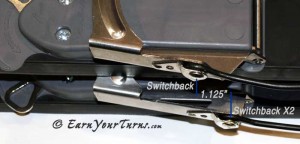
Comparing the cable pivot locations for
Switchback (above) and Switchback X2 (below).
click to enlarge.
Besides moving the pivot point back 1.125” (28.6mm) the Switchback X2 will also use a different set of spring cartridges that, according to Mark Christopherson, Voile’s production manager, are 25% to 30% stiffer. Due to thicker coils on these beefier springs the cartridges may be a bit longer to allow for enough compression without bottoming out.
Keep making backcountry turns

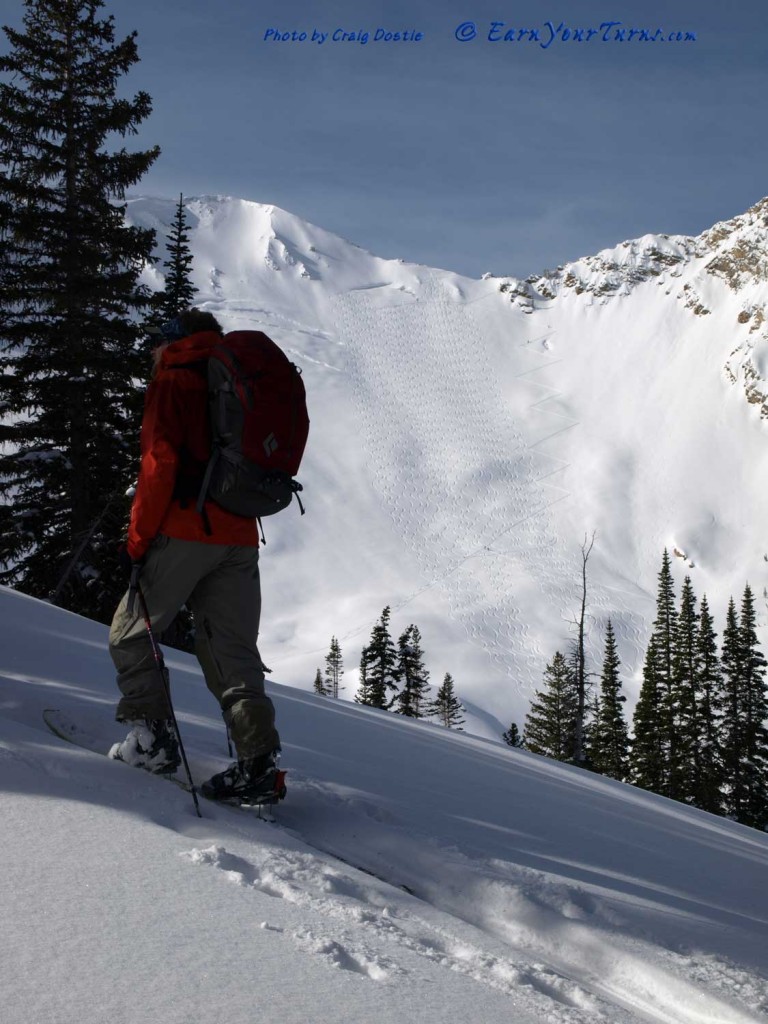

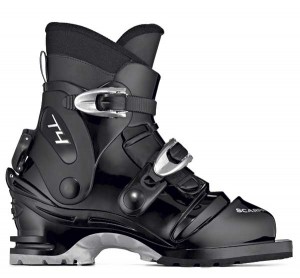

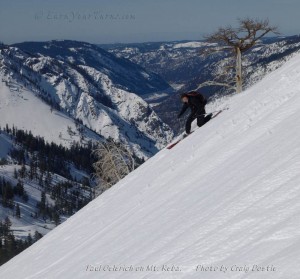
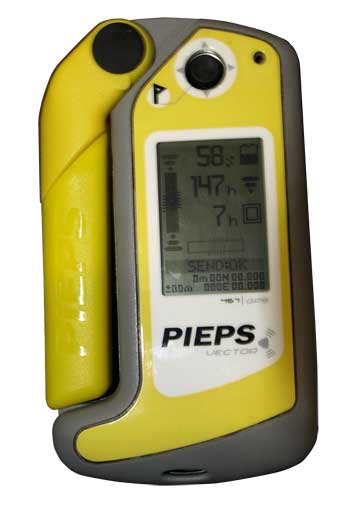
Recent Comments